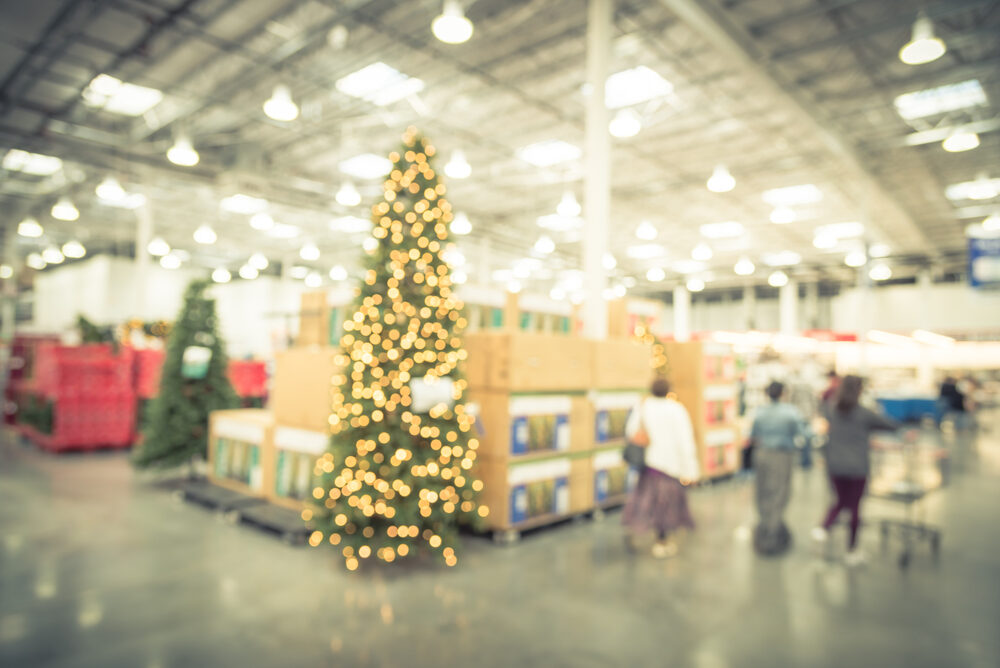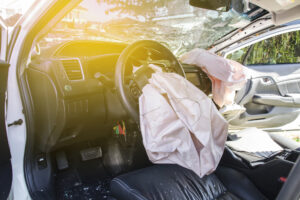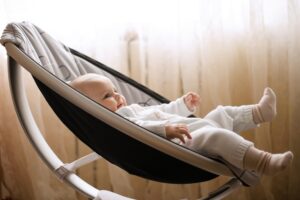
American shoppers spend billions of dollars buying gifts for their loved ones during the holiday season. The average person spends nearly $1,000 on holiday shopping, often purchasing toys and other gifts for those in their lives. However, it’s essential to know that buying the wrong items can increase the risk of being injured by a dangerous or defective product. There’s rarely an easy way to tell that a product is hazardous. Many are touted as safe, and consumers have no idea that they can injure or even kill people. Knowing what to look for can help keep you and your family safe this holiday season.
Dangerous Products
When you hear someone mention dangerous products, you may assume that the term applies to items that are obviously hazardous — a knife or chainsaw, for example. But seemingly innocuous products can cause harm, even those designed for children and marketed as safe. One recent study found that the number of recalled children’s products is the highest in nearly a decade. Some children’s products are recalled because they can potentially cause injuries, but others aren’t removed from the market until they’ve already injured or killed children.
What makes a product dangerous? Many causes can lead to a product being labeled as hazardous, but some common factors exist. Sometimes, the paint on a product contains high lead levels, making people very sick. Other times, a product may have loose parts that are potential choking hazards for children. Some products have faulty designs and cause injuries even when used correctly. In 2007, one of the largest children’s toy recalls in the U.S. occurred when Hasbro recalled nearly a million Easy-Bake Ovens after children suffered severe burns while playing with the product.
There are safeguards to prevent products from injuring people. Many products must be tested to ensure their safety before they hit the market, and children’s products must undergo third-party testing per regulations enforced by the U.S. Consumer Product Safety Commission (CPSC). Even with these standards in place, products can slip through the cracks. There’s no surefire way to avoid buying a dangerous product this holiday season, but you can take precautionary steps to lower your chances.
Check For Product Recalls
After a consumer product recall, manufacturers must notify customers and share their steps to make the product safe. The notice may advise customers to toss the product and request a refund or provide instructions on how to modify the product to reduce the risk. You can check the CPSC website for recalls before buying holiday presents. You can also visit SaferProducts.gov to search a database of potentially unsafe products.
Pay Attention to Age Ranges
When toys are labeled with an age range, caregivers may assume it’s a recommendation based on cognitive abilities. But toy age ranges consider a child’s physical development, and a product may not be recommended for young children because it can harm them. Check the minimum age before purchasing if you’re holiday shopping for a child. This can save you a lot of trouble in the long run.
Consider The Dangers Of Buying Secondhand
Buying products secondhand at thrift stores or from social media marketplaces is an appealing thought. It’s often cheaper and may feel more convenient than a retail store. But when you aren’t buying from an authorized retailer, you risk purchasing a recalled product. If you choose to buy secondhand, it’s essential to check recall notices and ensure that the gift you’re buying hasn’t been removed from the market.
Search for Signs of Counterfeiting
If an item’s price seems too good to be true, it’s usually a sign that it is. Counterfeiting is gaining popularity, and it’s common for consumers to get duped by sellers who pretend they have the real thing. When viewing an online listing, you should check the manufacturer’s site to ensure that the product exists and matches the description you’re reading. Be wary of typos or images that appear to be digitally edited.
Product Liability Lawsuits
Even if you take every precaution, you might unknowingly purchase a dangerous or defective product. If a product injures you, you may have a product liability claim. There are four types of product liability claims. A design defect occurs when the product’s design was inherently flawed before the manufacturing process began. A manufacturing defect means the error happened while the product was being made. These defects may only affect a particular batch or lot of products. The last two types of claims are failure to warn, which means that a manufacturer didn’t adequately warn customers of a product’s danger, and a breach of warranty claim, which is filed if a product doesn’t perform as a manufacturer promised it would.
Holiday shopping should be an enjoyable experience, but things can quickly go wrong. You need an experienced Louisiana product liability attorney if you purchase a dangerous product and later experience injuries. At Herman Herman Katz, our attorneys are expertly familiar with Louisiana product liability law and can help determine whether you have a claim. Call us at 844-943-7626 or contact us online for a free consultation.

Jed Cain is a partner with Herman, Herman & Katz, LLC. He has dedicated his career to representing injured folks and their families.














Comments for this article are closed.